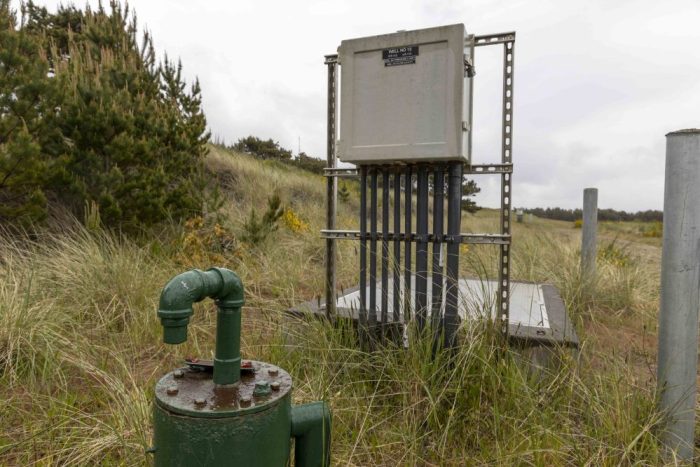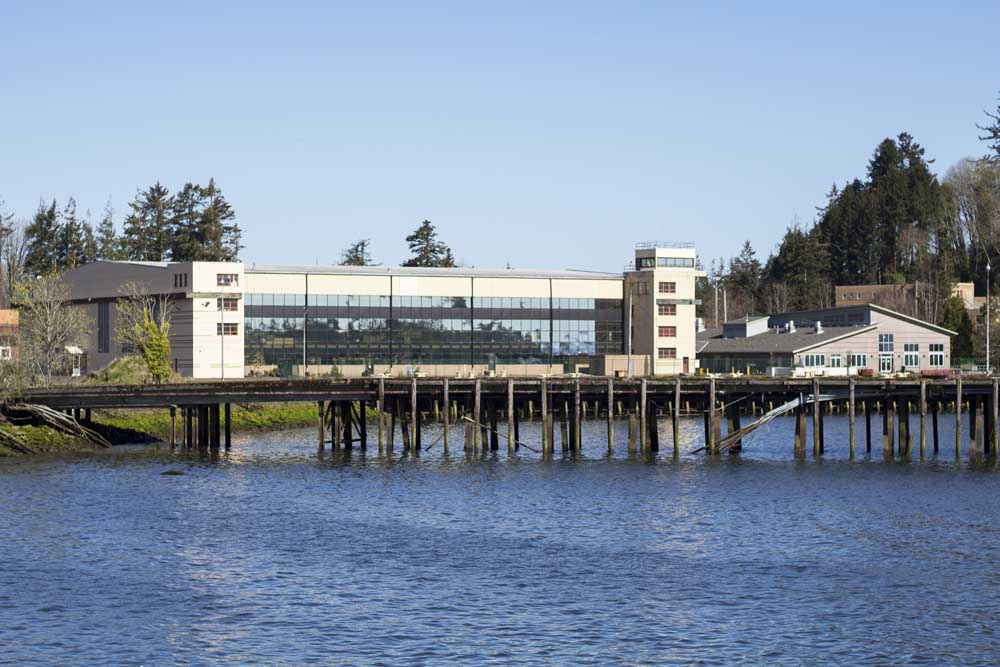‘If a tsunami was on its way … I would die’
Published 4:00 pm Thursday, January 6, 2011
CANNON BEACH As the barefoot woman walks along the beach near Haystack Rock, ocean waves gather momentum.
Were going to have several minutes of ground shaking and about 20 minutes before the tsunami starts rolling into town, says Yumei Wang, an engineer with the Oregon Department of Geology and Mineral Industries.
If a tsunami was on its way right now, and I was standing right here, I would die.
The animated waves continue to roll toward her, rising as they approach Haystack Rock.
The velocities would be tremendous. You wouldnt be able to outrun it, Wang says.
The tsunami can look like a breaking wave. But rather than receding back, it would just keep rushing in.
Finally, a giant white wave floods the television screen, showing viewers what it might look like if a tsunami were to wash over them.
The experience, depicted on the NOVA series, Deadliest Earthquakes, feels almost too real. For those in Cannon Beach, where some of the program was shot, it could be, literally, too close to home.
The NOVA program airs at 8 p.m. Wednesday (OPB, Channel 10 on Charter cable television).
Beginning with the destructive earthquakes of Haiti and Chile in 2010, the hour-long program shows what geologists and other scientists know about quakes and how they are trying to predict when the deadly tremors will occur.
By using a combination of actual footage, aerial views and animation, viewers experience the unpredictability of earthquakes. That includes the earthquake some scientists expect will happen within the next 50 years along the Cascadia fault about 50 miles offshore.
Im not convinced that the communities are prepared for that at all, a geology professor from University College London says about residents along the Pacific coast, where a Cascadia earthquake will trigger a tsunami.
Several minutes of the program are focused on the proposed tsunami evacuation building, which the Cannon Beach City Council is studying for use as a combination City Hall and tsunami refuge. However, the Council has not yet agreed to construct the building, estimated to cost $4 million, much of it paid through a voter-approved bond measure.
During scenic shots of the beach on a calm, cloudless summer day in Cannon Beach, the NOVA narrator says in a voice-over, The residents of Cannon Beach have a unique plan to keep their heads above water. Theyre planning an extraordinary new City Hall.
Wang, then, is pictured standing in front of the current City Hall. She tells viewers, What were trying to do is tear down this building and replace it with a new building that is more earthquake- and tsunami-resistant. The City Hall suddenly disappears and a concept drawing of the evacuation building appears in its place.
Through the wonders of animation, the new City Hall spins around, so it can be seen from all sides, including the top platform over 30 feet high with space for over 1,000 people, most of the population, the programs narrator says.
The scene then cuts to the wave research tanks at Oregon State University, where scientists have created a small replica of the tsunami evacuation building and surrounding structures to determine how well they would withstand tsunami waves of varying heights and volumes.
With steel cables and reinforced concrete pillars standing at least 15 feet high, the evacuation building can take very large forces, not just water with sand, but also parts of buildings and cars coming and slamming into the building, says Wang.
An animated scene of cars and a fishing boat crashing into the evacuation building is being shown on the screen.
This building will remain intact, Wang says. It would possibly be the only building left standing in this whole neighborhood.
The scene cuts back to a telescopic shot of houses and a hotel with Haystack Rock in the background.
What we have in mind, Wang says, is ideally to have dozens of these (evacuation buildings) up and down the coastlines so that all of the low-lying communities with tsunami hazards have these to protect their people.
Then, as the sun sets on a perfect summer day, the NOVA narrarator adds, These revolutionary designs may transform many buildings along the coast from deathtraps to life savers.





